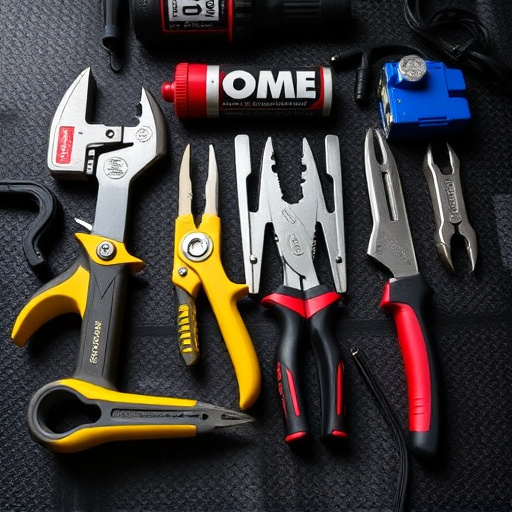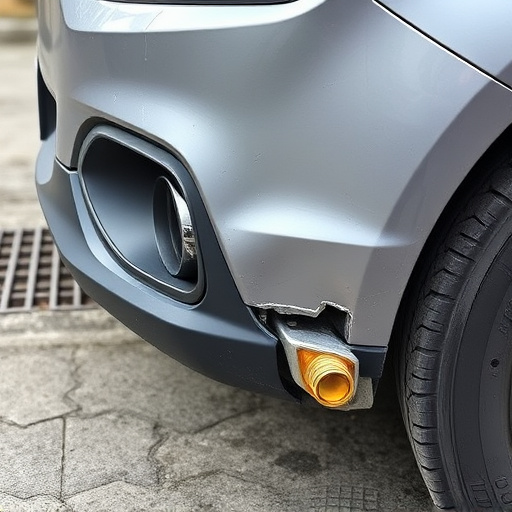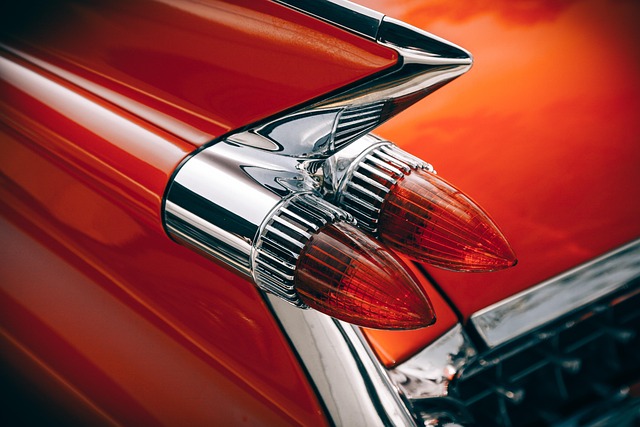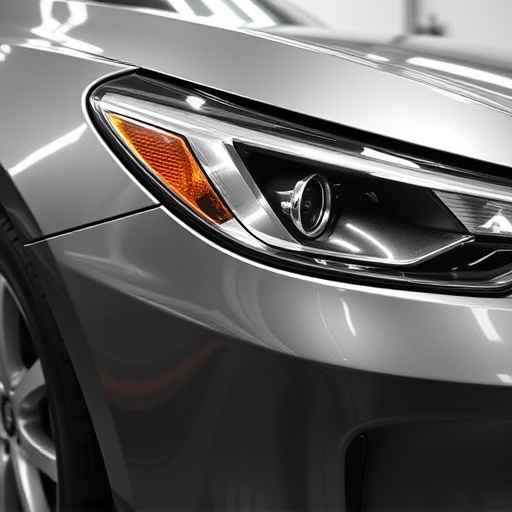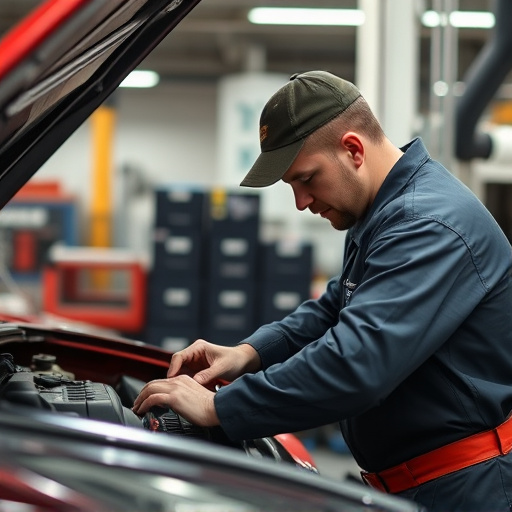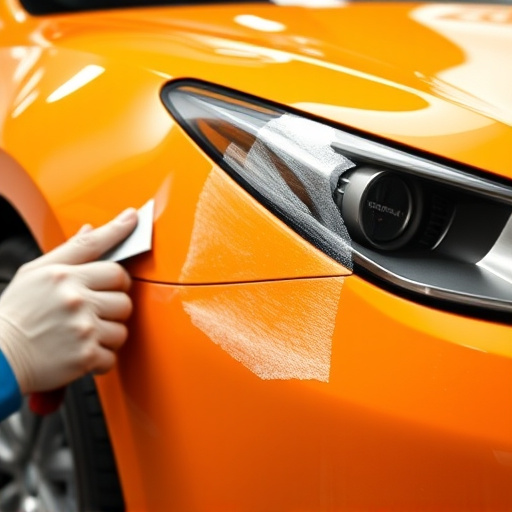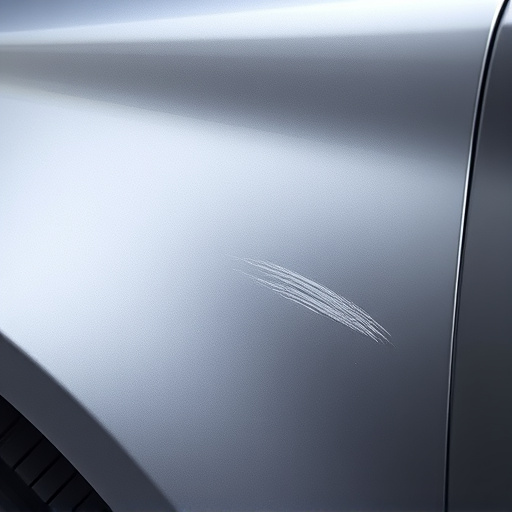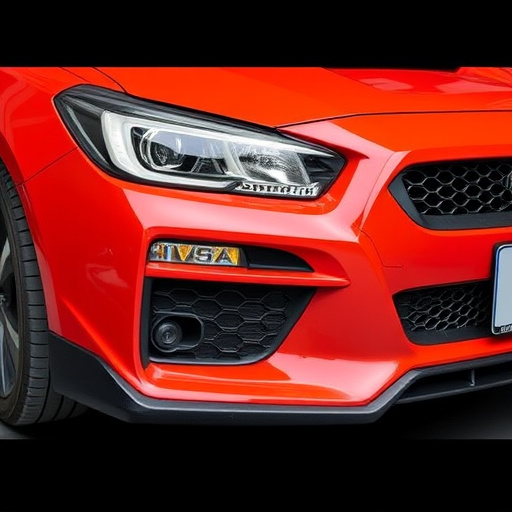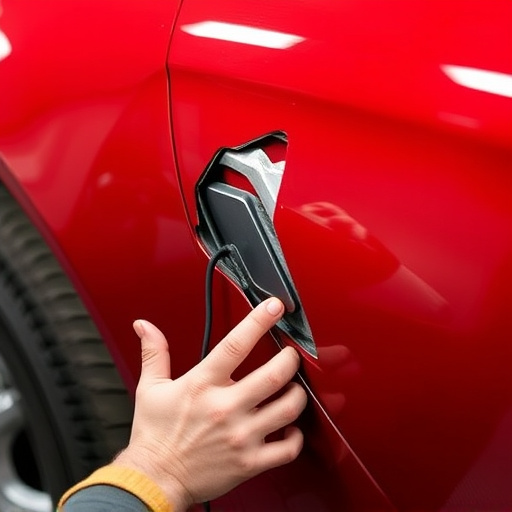Choosing a Mercedes grille replacement involves contrasting OEM (Original Equipment Manufacturer) and aftermarket options. OEM grilles offer perfect fit, superior quality, and luxury aesthetics at a higher cost, while aftermarket grilles provide customization and affordability but may require adjustments for fitment and lack warranties. For optimal compatibility, aesthetic integrity, and functional performance, consider material composition, manufacturer reputation, and buyer reviews when selecting Mercedes grille replacement parts.
When it comes to replacing your Mercedes grille, understanding the difference between OEM (Original Equipment Manufacturer) and aftermarket options is crucial. This decision can impact not only the look but also the performance of your vehicle. In this comprehensive guide, we’ll explore the intricacies of each option, highlighting their advantages and disadvantages. From material quality to compatibility and cost, learn what factors matter most when choosing between an OEM Mercedes grille replacement or its aftermarket counterpart.
- Understanding OEM vs Aftermarket Grilles
- Advantages and Disadvantages of Each Option
- Factors to Consider When Making Your Choice
Understanding OEM vs Aftermarket Grilles

When considering a Mercedes grille replacement, understanding the distinction between Original Equipment Manufacturer (OEM) and aftermarket options is paramount. OEM grilles are precisely engineered and manufactured by the same companies that produce the vehicle, ensuring they meet the exact specifications of the car’s design. These genuine parts offer superior fit, finish, and performance, aligning seamlessly with your Mercedes’ overall aesthetic and functionality. They are typically more expensive than their aftermarket counterparts due to the stringent quality controls and materials used.
Aftermarket grilles, on the other hand, are produced by third-party manufacturers and often come at a lower price point. While they may not offer the same level of precision fitting or performance as OEM parts, aftermarket options provide a range of styles and designs to cater to diverse preferences. These grilles can be an attractive solution for those seeking customization or wishing to repair minor damage without incurring the cost of genuine OEM replacements, particularly in cases of hail damage repair or other automotive repairs.
Advantages and Disadvantages of Each Option

When considering a Mercedes grille replacement, choosing between OEM (Original Equipment Manufacturer) and aftermarket options offers distinct advantages and disadvantages. On one hand, OEM parts are the genuine articles designed specifically for your vehicle model, ensuring a seamless fit and maintaining the luxury aesthetic of your Mercedes. They often come with warranties, providing peace of mind and potentially saving money in the long run by avoiding costly repairs. Additionally, using OEM parts can enhance the resale value of your luxury vehicle repair, as they are preferred by car enthusiasts and collectors.
However, aftermarket grille replacements, while more affordable, may not offer the same level of precision in terms of fit and finish. These generic components might require additional adjustments during installation, potentially leading to a less perfect appearance. Moreover, aftermarkets often lack comprehensive warranties, making unexpected repairs more financially burdensome. Yet, for those on a budget or looking to personalize their vehicle without compromising aesthetics, aftermarket options provide creative freedom and flexibility in design choices, which can be appealing after a collision repair or car damage repair.
Factors to Consider When Making Your Choice

When considering a Mercedes grille replacement, whether original equipment manufacturer (OEM) or aftermarket, several factors come into play. Firstly, the compatibility and fitment of the grille with your vehicle model and year are paramount. Ensuring the replacement perfectly aligns with your car’s design is crucial for both aesthetics and functionality. Aftermarket grilles might offer more customization options, allowing you to personalize your vehicle’s look, but they may not always maintain the precision fit of OEM parts.
Another critical aspect is the quality of the material used. OEM grille replacements are typically made from high-quality, durable materials that meet Mercedes’ standards, ensuring long-lasting performance and resistance to corrosion. Aftermarket grilles can vary widely in material composition, with some offering inferior alternatives. However, reputable aftermarket suppliers invest heavily in research and development, providing innovative designs and advanced materials to compete with OEM quality. Consider the reputation of the manufacturer and reviews from previous buyers when making your decision for a successful car restoration or automotive collision repair project.
When considering a Mercedes grille replacement, whether OEM or aftermarket, it’s essential to balance quality, fit, and cost. While genuine OEM parts ensure precision and longevity, aftermarket options can offer more variety and affordability. Ultimately, your decision should align with your vehicle’s needs, personal preferences, and budget. For a reliable and authentic experience, OEM is ideal; for a diverse selection and potential savings, aftermarkets have their merits. Researching specific models and reading reviews will ensure you make an informed choice for your Mercedes grille replacement.

